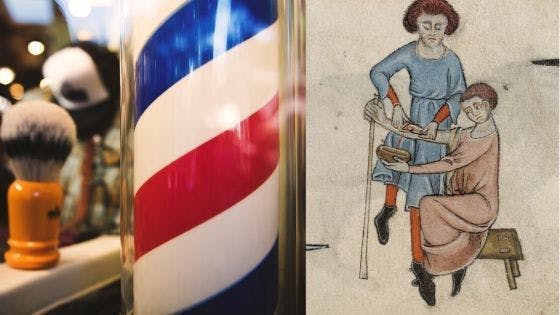How to Fight Off the Symptoms of Seasonal Affective Disorder
Seasonal Affective Disorder, with the apt acronym SAD, is a form of depression that occurs only during a certain time of year. Most often occurring in the winter months, SAD has been linked to the shorter duration of sunlight. It’s believed that fewer daylight hours cause the brain to produce less serotonin. Research indicates that lower levels of serotonin are more likely in persons who suffer from all kinds of depression, but many of the links between brain chemistry and mood are unknown. Some experts also think that melatonin, a hormone key to sleep, may also impact SAD. People typically begin to suffer from SAD in their mid-teens. As you age, your likelihood of being affected by the condition decreases.
Because SAD is linked to a lack of sunlight, light therapy is the most common course of treatment. There are two types of light therapy: bright light treatment or dawn simulation. Bright light treatment requires the patient to sit in front of a “light box” for a period of time each day, usually in the morning. Dawn simulation is used during sleep. It consists of a low-intensity light that is timed to turn on at a certain time in the morning before you awake, and gradually brightens. Most people find dawn simulation more convenient, however studies have show that bright light therapy is more effective.
It may take up to two weeks for light therapy to take effect. The therapy must be continued throughout the winter, or else relapses in depression are likely to occur.
Students suffering from the symptoms of depression should meet with a counselor or therapist before beginning any course of treatment. If you are a college student, contact your campus health services to find out what kinds of treatment are available to you. Counseling sessions and courses of anti-depression medication are also used to treat SAD.
However, because SAD is linked to serotonin, the most common kinds of anti-depressant prescribed for the condition are SSRIs, like Prozac, Celexa and Zoloft. These drugs work to increase levels of serotonin in the brain. If you chose to take an SSRI, it is extremely important that you stay in touch with your doctor during the first few weeks of taking the medication. Severe side effects can occur during this period, and it may be best for you to discontinue use.
Diagnosing SAD among students poses particular difficulties, because the beginning of winter coincides with the part of the semester when workloads are heavy. Students may dismiss the symptoms of SAD as just feeling “stressed out.” If you notice feeling blue around the same time each winter, you should speak with a doctor or medical professional.
Sources: WebMD and kidshealth.org.
Also Read:
Students and Depression
Lift Winter Blues with Yoga
How to Stay Healthy in College



